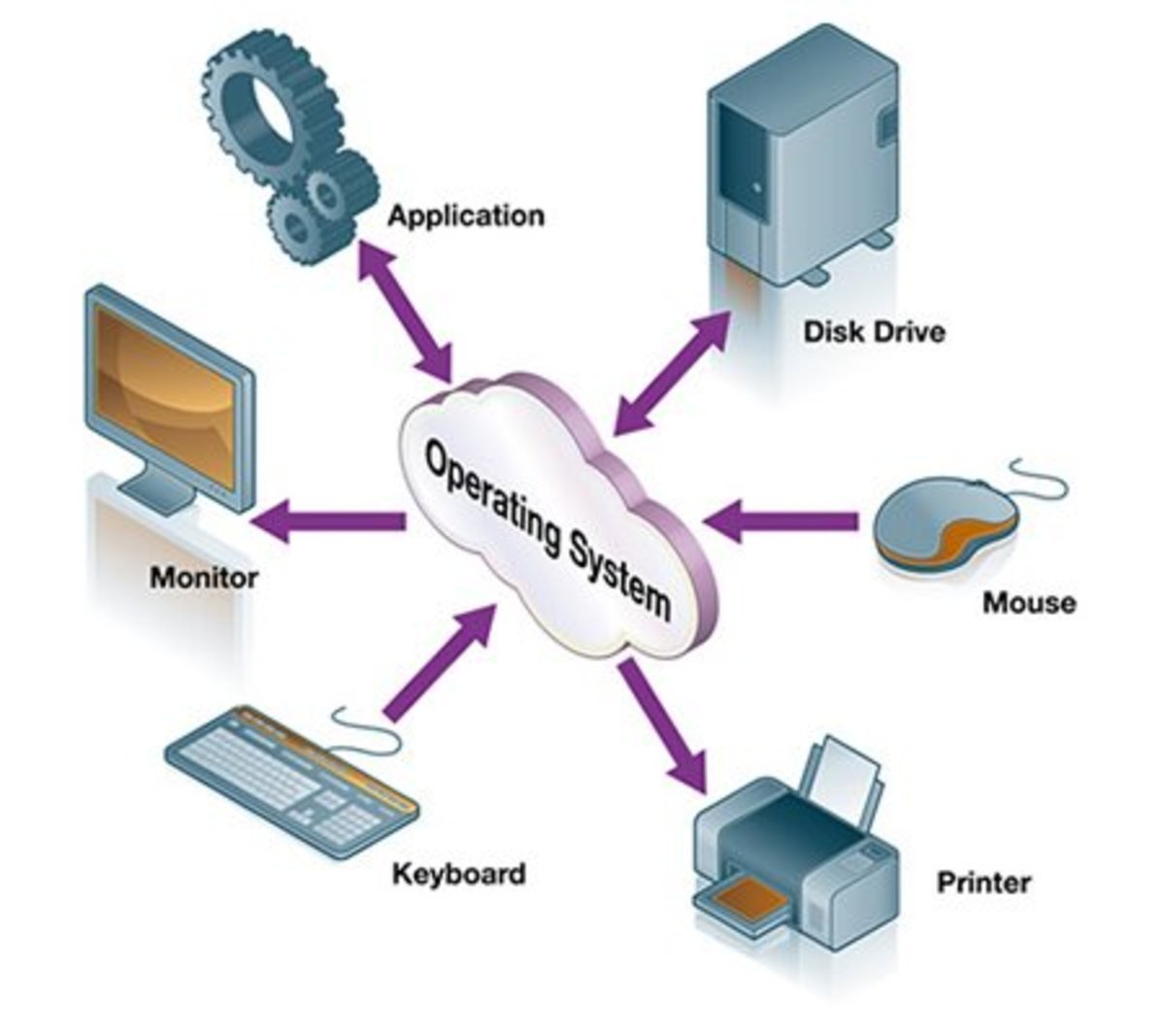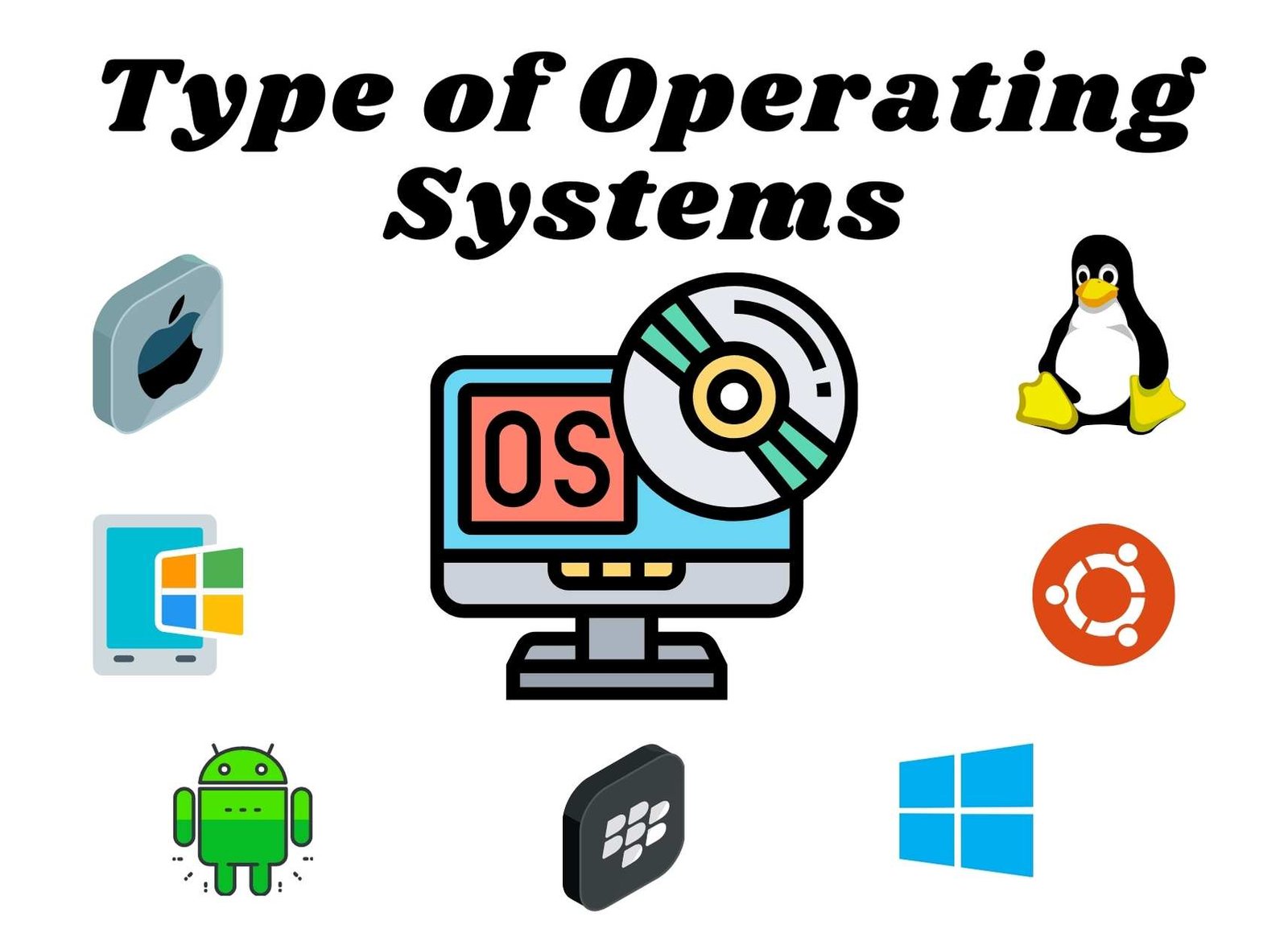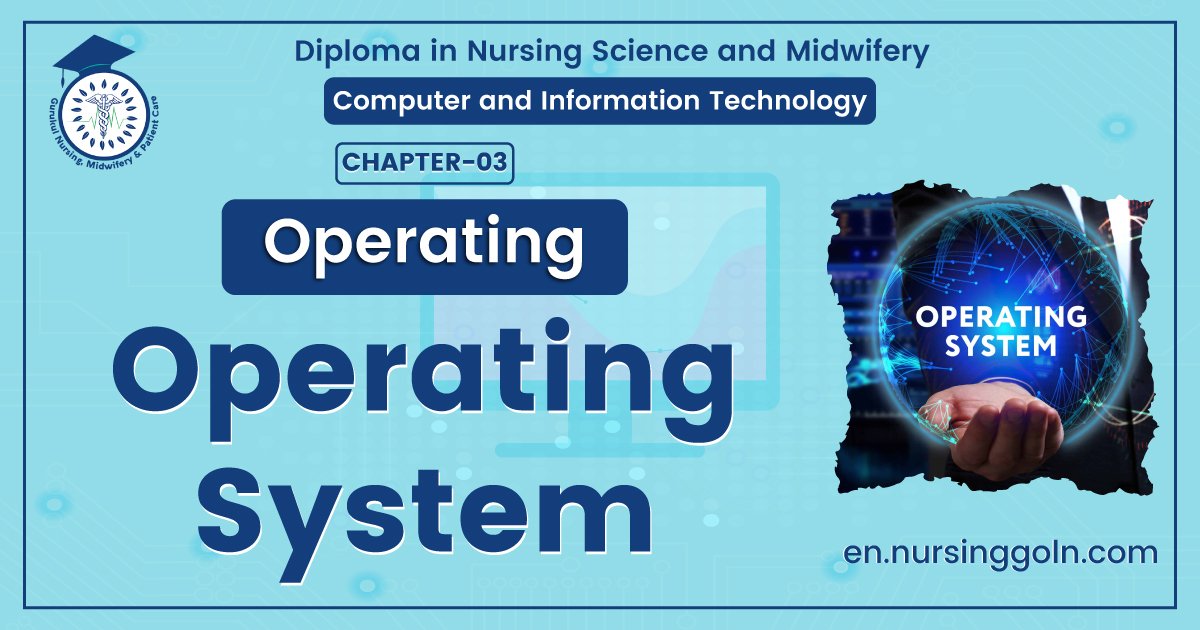Operating System – This book covers the entire syllabus of “Computer & Information Technology” prescribed by the BNMC for B.Sc. in Nursing Science & Diploma in Nursing Science & Midwifery students. We tried to accommodate the latest information and topics.
This book is an examination setup according to the teachers’ lectures and examination questions. We hope in touch with the book students’ knowledge will be upgraded and flourished. The unique way of presentation may make your reading of the book a pleasurable experience.
Operating System

Concept about Operating System
An operating system or OS is a software program that enables the computer hardware to communicate and operate with the computer software. Without a computer operating-system, a computer and software programs would be useless. The picture is an example of Microsoft Windows XP, a popular operating-system and what the box may look like if you were to visit a local retail store to purchase it.
When computers were first introduced, the user interacted with them using a command line interface, which required commands. Today, almost every computer is using a Graphical User Interface (GUI) operating-system that is much easier to use and operate.
- Examples of computer operating systems
- Microsoft Windows – PC and IBM compatible operating-system. Microsoft Windows is the most common and used operating-system.
- Apple mac OS Apple Mac operating system. Today, the only Apple computer operating system is mac OS.
- Ubuntu Linux – A popular variant of Linux used with PC and IBM compatible
computers. Google Android – Operating-system used with Android compatible phones, tablets, and chrome books. - IOS-Operating
- system used with the Apple iPhone and iPads.
Definition of Operating System:
An operating
system or OS is a software program that enables the computer hardware to communicate and operate with the computer software.
Or,
Operating-system (often referred to as OS) is an integrated set of programs that controls the resources (CPU, memory, I/O devices, etc.) of a computer system and provides its users with an interface or virtual machine that is easier to use than the bare machine.
Or
An operating-system is an integrated set of program that is used to manage the various resources and overall operations of a computer,
Most Popular Operating System:
An operating-system is the software program that controls the function of the computer by managing tasks, data and devices. It is the link between the hardware and the software. All software applications installed in a computer must be written to communicate with the specific operating-system running on the computer. For example,
A. Microsoft’s Windows is the most frequently used operating-system for PCs. Windows NT is the network version of this software.
B. Apple’s Mac is the operating-system established for the graphical user interface but has a much smaller market share than Windows.
C. UNIX was developed as a system for use on various hardware platforms that permit multitasking and communication between computers.
D. Linux a product that grew out of UNIX is an example of open source software a program whose source code can be downloaded at no cost and developed. Developed commercial version, which come with documentation and support are usually very low cost. Free version is available.
Types of Operating System:
The operating system depends on the types of hardware we are using.
| 1. Batch operating-system: |
|
| 2. Multi programming operating-system: |
|
| 3. Multitasking operating-system: |
|
| 4. Multi user operating-system: |
|
| 5. Time sharing system: |
|
| 6. Real time system: |
|

Main Task/Function of Operating System:
1. Boots or starts the computer operation.
2. Provides human-computer operation.
3. Schedules jobs.
4. Passes control from one program to the next.
5. Job queuing.
6. Manages interrupt handling.
7. Controls input and output operations.
8. Controls program execution.
9. Loads programs and routines into the main memory for execution and processing.
10. Manages data and file storage.
11. Sorts, rates, erases and copies data files or programs on magnetic storage.
12. Supports various file organization methods.
13. Assigns different tasks to the CPU.
14. Provides security and control.
15. Keeps details of the resources such as number of files stored, where they are kept, how
much storage space is free etc.
16. Monitors fault or errors in a program and displays suitable error messages which help the user to find the source of fault.

Objective of Operating System:
1. Making a computer system convenient to use: An operating-system is a layer of software on top of the bare hardware of a computer system, which manages all parts of the system and presents to the user with an interface or virtual machine, which is easier to program and use.
2. Managing the resource of a computer system: Manages the various resource of the computer system. This involves performing such tasks as keeping track of who is using which resource, granting resource requests, accounting for resource usage and mediating conflicting requests from different programs and users.
Importance of Operating System:
1. Operating system behaves as a resource manager.
2. It utilizes the computer in a cost effective manner.
3. It keeps account of different jobs and the where about of their results and locations in the memory.
4. It schedules jobs according to their priority passing control from one program to the next.
5. Operating system makes a communication link between user and the system and helps the user to run application programs properly and get the required output.
6. Operating system has the ability to fetch the programs in the memory when required and not all the operating-system to be loaded in the memory at the same time.
7. Operating system helps the user in file management, making of directions, and saving files in them.
8. Multiprogramming is a very important feature of operating-system. It schedules and
controls the running of several programs at once.
9. It provides program editors that help the user to modify and update the program lines.
10. Debugging aids provided by the operating-system help the user to detect and rename errors in programs
Characteristics of Operating System:
1. Job or process management
2. Management of I/O devices and resources
3. Scheduling job batch
4. Memory handling/allocation/management
5. File handling/management
6. Error reporting
7. Resource protection
Read more
